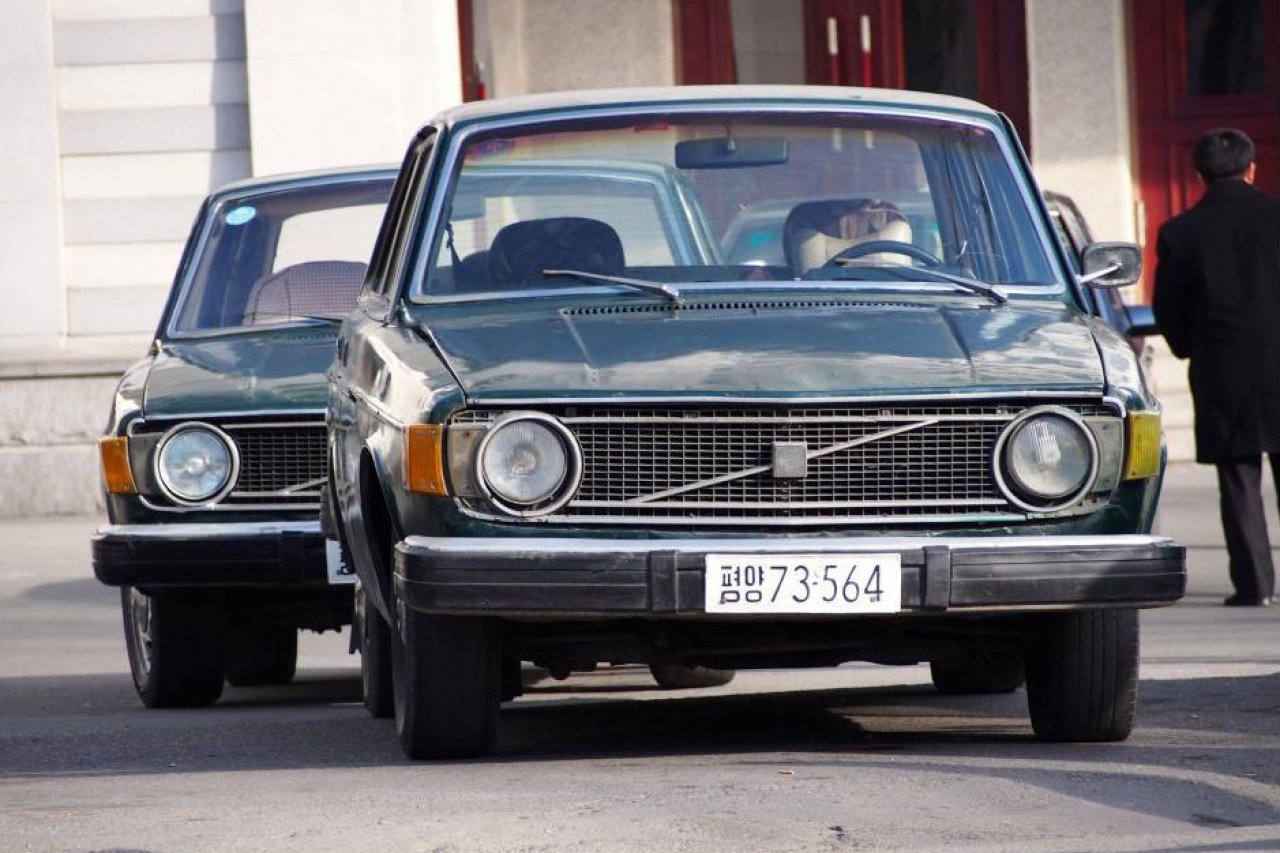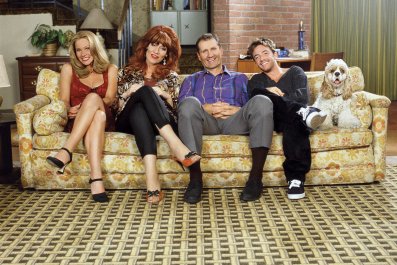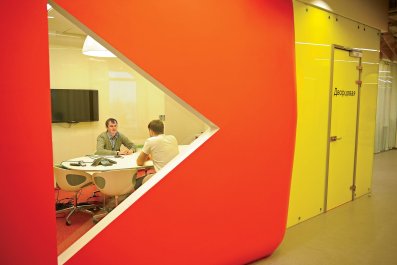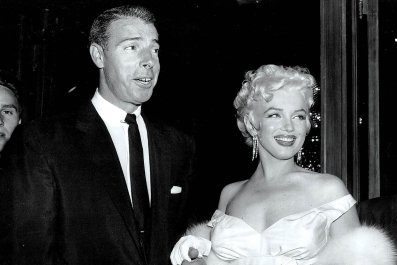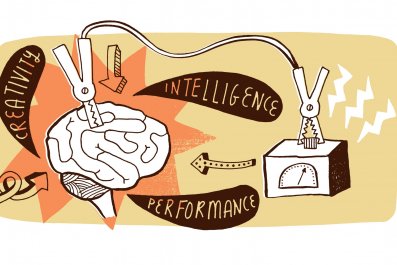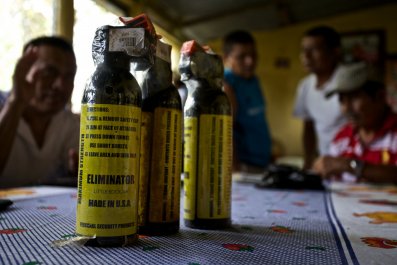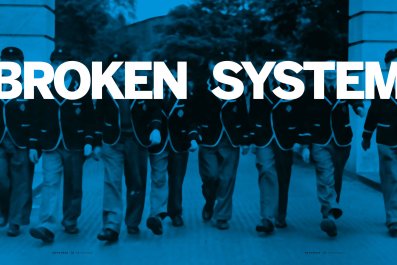North Korea's foremost trade debt to the western world is bizarre even by North Korean standards. Each time the administration misses a payment, as it has done every year for the past 40 years, we are reminded of one of the most unexpected political twists of the last century: Kim Il-sung scamming Sweden out of 1,000 Volvo 144 sedans.
It is a story that is just as strange as it sounds – and, in 2014, it shows how North Korea's grand aspirations and increasingly bellicose rhetoric may founder on a chronic inability to assess its own financial ability. Judging by emerging tourist footage and rogue documentaries, it may also be an unexpected testament to the durability of Swedish engineering.
To say that incumbent Supreme Leader Kim Jong-un has carried on papa Jong-il's legacy of insularity and geopolitical horseplay would be an understatement: the 31-year-old has been at the helm for less than three years, but he has already galvanised international media with "preemptive" nuclear strike plans, the surprise execution of his own uncle, and a burgeoning bromance with former NBA star Dennis Rodman. With these incidents already on record, few things should surprise the outside world – but in July, the North Korean administration once again drew gasps from human rights organisations when it announced that its severely impoverished population would soon witness the construction of a grand national project: a new "tourist city" in Wonsan, complete with an underwater hotel and villa district.
The announcement is another indicator of North Korea's presence on international businessmen's radars, where it has been visible since American investor Jim Rogers delivered the presentation "Why Invest in North Korea" at the Asian Leadership Conference in March.
But those who fear that dreams of tourism and economic expansion will cloud the region's crippling social issues may be pleased to know that many investors will think twice about committing capital under the Kim regime. Part of the reason is to be found in the Supreme Leader's national balance sheet, where a strange external debt has quietly ballooned to the size of a small hedge fund.
Each fiscal year, the Swedish Export Credits Guarantee Board calculates interest on a single debt that accounts for more than half of all its political claims. It's been a tradition since 1974, when the government agency was advised to insure Volvo, Atlas Copco, Kockum, and other Swedish companies' exports to an entirely new buyer: Supreme Leader Kim Il-sung. For nearly half a century, the Board has been in charge of the Sisyphean task of coaxing €300m from a nation that thinks international law is an elaborate gambit designed by capitalist pig-dogs.
"We semi-annually advise when payments fall due," Stefan Karlsson, the board's head of risk advisory, tells Newsweek. "However, as is well known, North Korea does not fulfil their part of the agreement." Sweden being Sweden and North Korea being North Korea, that's about as hardball as it gets.
The story began shortly after the Korean armistice of 1953. As the line dividing north from south grew firmer, other borders became more porous, drawing the attention of many neutral European countries. The Iron Curtain rose on an entirely new part of the tumultuous era's geopolitical zoo: a tiny, ebullient state marked by military posturing and dreams of self-reliance, running an impressive surplus and recording a mind-blowing economic growth of 25% in the face of US opposition.
Sweden was one of the first to seize on the opportunity. The Stockholm and Pyongyang ties in the early 1970s arose out of a rare convergence of leftist and industrialist interest: local socialist groups wanted Sweden to formally recognise the new communist state, and businessmen wanted to exploit the region's nascent mining industry.
For Kim Il-sung and comrades, the western initiative represented an important step towards North Korea's fulfillment as a global force to be reckoned with. It was no coincidence that journalist Lovisa Lamm Nordenskiöld and former diplomat Erik Cornell, two of the main chroniclers of the short-lived trade adventure, both settled on the word "paradise" when describing North Korea's self-image during the late 1960s and early 1970s. Given the nation's success, that was simply the only word that would do, according to the propaganda machine.
Lamm Nordenskiöld suggests that the nation soon felt compelled to legitimise this edenic self-image with grand industrial projects and architectural marvels, often with little regard for the costs. "There's this disconnect between reality and the North Korean imagination," she says.
Small wonder that a regime so impressed with itself soon developed expensive taste. "Inside the 144 GL you sit on leather," reads the unambiguous 1970s marketing material that Volvo likely sent its North Korean buyers. Together with contemporary industry giants Atlas Copco and Kockums, Volvo was one of the first European companies to foray into the North Korean market, and promptly received an order for 1,000 vehicles, the first of which were delivered in 1974. But less than a year later, the venture blew up at a Swedish-Korean industrial trade fair in Pyongyang, where it suddenly became clear that the Kim regime wasn't actually paying for the goods it was importing – not even the machines it ordered for the expo. The bills were simply piling up.
Exporters realised that the venture had gone horribly wrong. But for the past few years, Sweden had had North Korea fever, with countless hours and funds spent on diplomatic and industrial ties. Acquiescing in a massive failure was not easy. "Many had been blinded by North Korea's impressive economic growth – people had raced to get there first," Lamm Nordenskiöld says. "Sweden was supposed to be the first country to unlock this new market."
While many companies pressed on with payment negotiations in an effort to save face, Swedish media was having a blast unraveling one of the most bizarre trade debacles in recent memory. In an indignant spread featuring a photo of the supreme leader with the caption "Kim Il-sung – Broke Communist," Åge Ramsby of the newspaper Expressen in 1976 went all out listing reports of other debts the Kim regime shirked, including a cool €5m to Swiss Rolex, from whom it had allegedly ordered 2,000 wristwatches with the engraving "donated by Kim Il-sung".
"North Korea had expected to pay their foreign debts with deliveries of copper and zinc," the Swedish newspaper Dagens Nyheter wrote in 1976, referring to the reserves the imported mining equipment was supposed to unlock. "But the North Korean economists had been too optimistic in their calculations, and the international market price for these ores had also dropped catastrophically."
Fair enough – but two things suggest that botched calculations and sheer lack of funds only partially explain North Korea's failure to pay up. First, it is widely accepted among biographers and manufacturers that the Kim regime conducted extensive industrial espionage during the trade fair. Colluding to cop specs from technology you're paying for would be weird even by Kim's standards.
More importantly, Erik Cornell, a diplomat and former Swedish ambassador to North Korea, recalls in his book North Korea: Emissary to Paradise a widespread local belief that the Western world had finally "seen the light" in the global struggle against the American imperialist – that Europe had recognised its duty to assist the brave People's Republic, and that quibbles regarding who owed whom money would soon dissolve in grand efforts to crush capitalism as a whole.
Adjusted for interest and inflation, the debt to the Swedish state now exceeds three billion Swedish kronor, or €300m. It is an astronomical claim, particularly on capital that has depreciated to a fraction of its original value.
If Kim Jong-un and his officers rounded up all 1,000 vehicles and sold each of them at the current book value of about €2,000, they would raise 0.6% of the debt.
That, however, doesn't mean all that is solid has melted into air: in a contemporary twist to the story, the emergence of rogue filmmaking and documentary footage from the region has revealed that the green fleet of Volvos is still a prominent feature of Pyongyang's otherwise drab cityscape. And they look great.
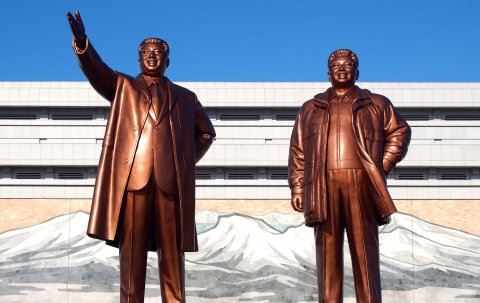
"Many of the Volvos were put to serve in the small but very present taxi fleet in Pyongyang," says Tor Rauden Källstigen, a Swedish photographer and entrepreneur who travelled to the North Korean capital with his startup Noko Jeans in 2008. When their appointed driver overslept one morning, they got a chance to ride like locals.
"I think I've never been inside such an old car even back home in Sweden. This taxi was very well maintained too, close to mint condition it seemed."
As of 2008, the North Korean regime considered Sweden a mendacious US pawn, manipulated beyond recognition by the imperialists. But indignation pays no bills. Before Kim Jong-un starts drawing up prospectuses for water parks and shoreside bungalows, he should take a look in daddy's garage.



